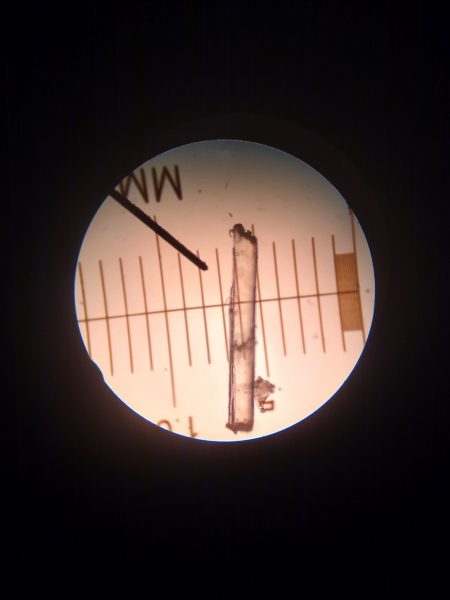Since its invention in 1907 plastic has been integrated into all facets of daily life because of its versatility and durability. Unfortunately, plasticʼs durability has generated problems associated with disposal and waste diversion. Processes such as photofragmentation, mechanical forces, and thermal stresses, break plastics down into smaller pieces, becoming microplastics when their size falls below 5 millimeters. Microplastics exist as a contaminant in almost every environmental compartment and food web. In addition to the negative health responses associated with their size, microplastics can carry toxic chemicals on their surfaces, causing additional issues when ingested or inhaled. In order to create mitigation strategies we need to understand where microplastics are located, their abundance, and likely emission sources, including small stream systems in rural, agricultural watersheds, such as the Cannon River watershed in southeastern Minnesota.
